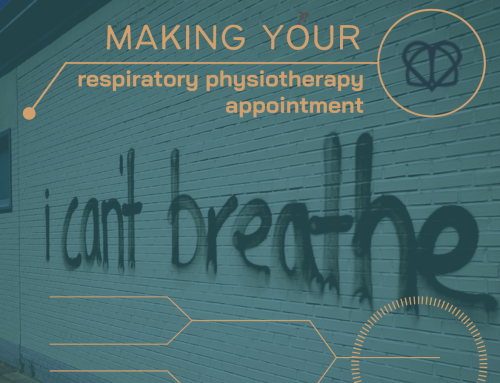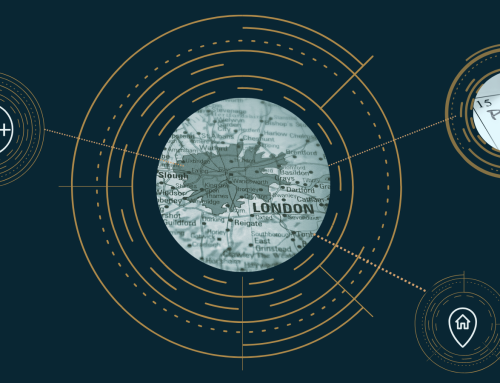We passed the 2 year milestone since the first Covid lockdown began a couple of months ago, and many people had begun to believe that Covid was behind us.
But cases have been steadily rising and there’s talk of some restrictions returning…
What is the current state of play?
It’s unclear exactly by how much cases are on the rise, especially as free tests are no longer available, but thanks to the new variants BA.4 and BA.5 which come from the Omicron line, there’s widespread agreement that they are most definitely increasing. It’s a fast moving feat, but at the time of writing, cases are estimated to be at around 325,ooo per day according to the Zoe App, run by Kings College professor Tim Spector.
The BA.4 and BA.5 variants contain mutations which were not present in the early strains of Omicron. This means that even if you tested positive when Omicron emerged as the dominant strain of Covid in December 2021, you won’t necessarily be protected and may still test positive with this new strain.
There’s been a rise in hospital admissions in line with community infections but vaccinations are continuing to keep ICU admissions and deaths at low levels.
What are the symptoms?
We were all aware throughout the pandemic of the 3 main symptoms listed by the NHS
- High temperature or shivering (chills) – a high temperature means you feel hot to touch on your chest or back (you do not need to measure your temperature)
- New, continuous cough – this means coughing a lot for more than an hour, or three or more coughing episodes in 24 hours
- Loss or change to your sense of smell or taste
But Omicron saw the list of common symptoms being increased – and the new variants continue to see the following symptoms being reported:
- Shortness of breath
- Feeling tired or exhausted
- Aching body
- Headache
- Sore throat
- Blocked or runny nose
- Loss of appetite
- Diarrhoea
- Feeling sick or being sick
And what is the current advice?
People with symptoms stay home if possible, avoid contact with others and wear a mask if they do need to leave home.
Is long Covid still something to be aware of?
Yes!
In fact, in our experience at the clinic is that the number of people coming to use with long Covid has been steady throughout the last 2 years. There are now 2 million people living with long Covid in the UK, with one in five people with long Covid being infected two years ago. There have been a number of calls for long Covid to be classified as as an occupational illness, for formal guidance to be given to employers and for there to be an increase in funding for research into treatments
Research has suggested that if you’re female, of an older age and have existing health problems, you are at increase risk of developing long Covid.
Our physiotherapists are here to help your long Covid recovery
The most important message is that you don’t need to go it alone – we can help support you through your recovery.
From providing advice on pacing, to helping manage post-exertional malaise and wearing a pulse oximeter to monitor your oxygen levels, our respiratory physiotherapists can work with you to help improve your condition – whether that includes using a pulse oximeter or not! We are able to help you safely return to the activities you want to do, by setting up a tailored, graded activity or exercise programme, taking your heart rate and oxygen levels into account. We will also analyse the way you are breathing, help you optimise your breathing pattern and provide tips to manage any breathlessness.
Learn more about how we’ve already helped patients transform their recovery in our patient stories. If you’d like to find out more about how we can help please do get in touch by emailing enquiries@airphysiotherapy.co.uk or give us a call on 0207 971 1464.





